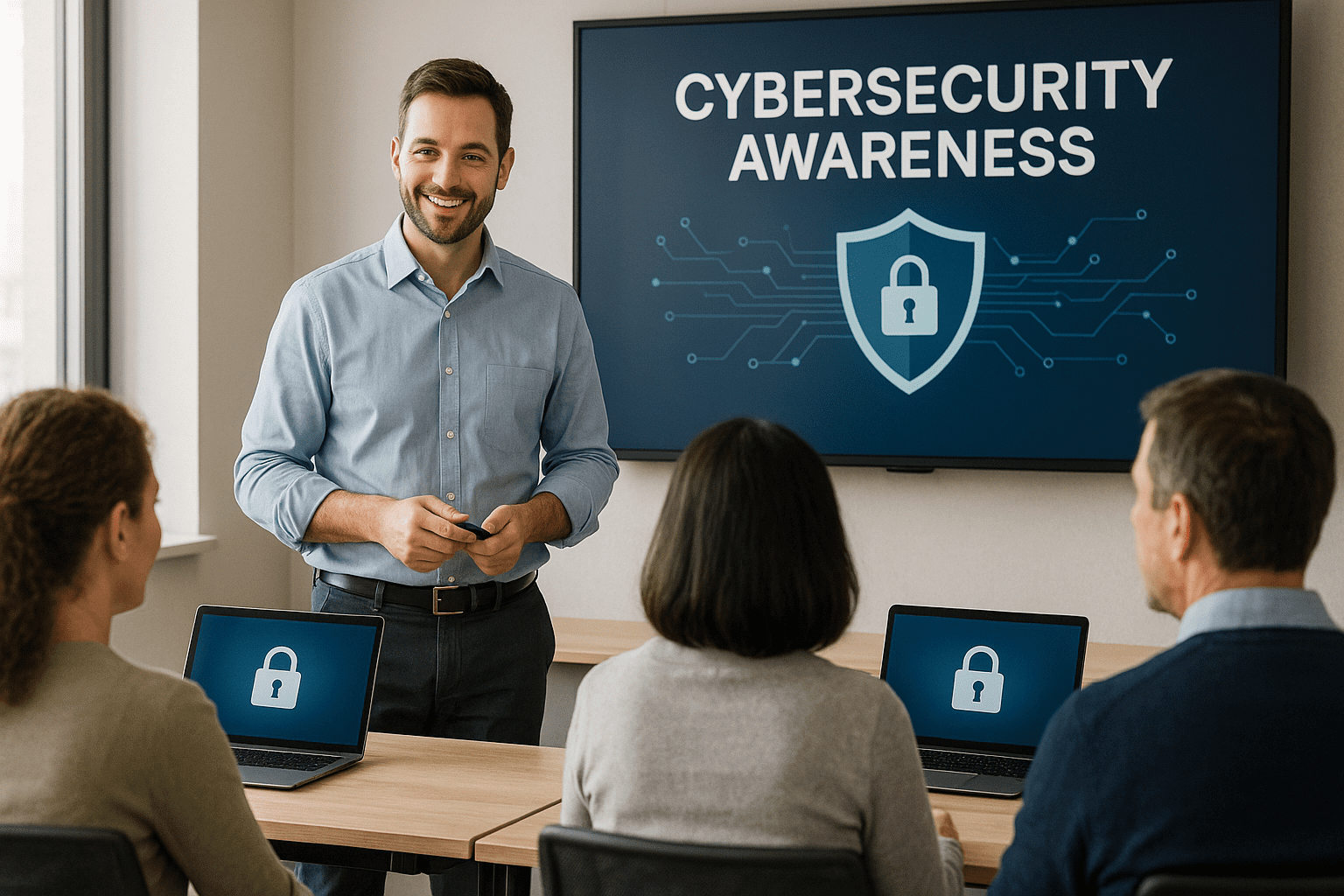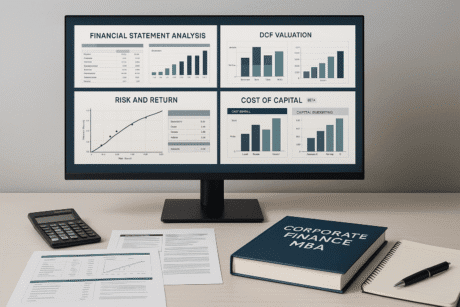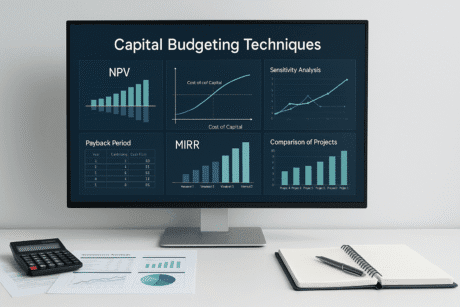Course Features
Price
Study Method
Online | Self-paced
Course Format
Reading Material - PDF, article
Duration
9 hours, 15 minutes
Qualification
No formal qualification
Certificate
At completion
Additional info
Coming soon
- Share
Overview
Cybersecurity awareness is no longer optional — it’s an essential skill for everyone who uses the internet. This comprehensive course is designed to help individuals understand, recognise, and respond to the most common online threats that can affect personal, professional, and financial security. From phishing scams and malware to data privacy and social engineering tactics, you’ll gain the confidence to stay safe online in any situation.
The course begins with the fundamentals of cybersecurity, introducing the types of risks you face every day — whether browsing the web, using email, or shopping online. You’ll explore how hackers exploit weaknesses and learn to protect your devices with strong passwords, secure Wi-Fi networks, and reliable antivirus tools.
As you progress, you’ll discover practical strategies for protecting your personal information, managing your online presence, and understanding how cybercriminals operate on the dark web. Special focus is given to social media safety, data privacy laws like GDPR, and the steps to take if your data is ever compromised. You’ll also learn about workplace cybersecurity, safe online shopping, and how to keep your children safe on the internet.
This course doesn’t just build awareness — it empowers you to apply safe practices in real life. Whether you’re a student, employee, or everyday user, you’ll finish the course with the tools to safeguard your digital life confidently.
Upon completion, learners will receive a free course completion certificate, demonstrating their commitment to online safety. Premium certificate and transcript options are also available for purchase if you wish to enhance your professional credentials. Plus, students enjoy 5-star rated support available 24/7 via email, ensuring help is always within reach.
Who is this course for?
Cybersecurity awareness is no longer optional — it’s an essential skill for everyone who uses the internet. This comprehensive course is designed to help individuals understand, recognise, and respond to the most common online threats that can affect personal, professional, and financial security. From phishing scams and malware to data privacy and social engineering tactics, you’ll gain the confidence to stay safe online in any situation.
The course begins with the fundamentals of cybersecurity, introducing the types of risks you face every day — whether browsing the web, using email, or shopping online. You’ll explore how hackers exploit weaknesses and learn to protect your devices with strong passwords, secure Wi-Fi networks, and reliable antivirus tools.
As you progress, you’ll discover practical strategies for protecting your personal information, managing your online presence, and understanding how cybercriminals operate on the dark web. Special focus is given to social media safety, data privacy laws like GDPR, and the steps to take if your data is ever compromised. You’ll also learn about workplace cybersecurity, safe online shopping, and how to keep your children safe on the internet.
This course doesn’t just build awareness — it empowers you to apply safe practices in real life. Whether you’re a student, employee, or everyday user, you’ll finish the course with the tools to safeguard your digital life confidently.
Upon completion, learners will receive a free course completion certificate, demonstrating their commitment to online safety. Premium certificate and transcript options are also available for purchase if you wish to enhance your professional credentials. Plus, students enjoy 5-star rated support available 24/7 via email, ensuring help is always within reach.
Requirements
Cybersecurity awareness is no longer optional — it’s an essential skill for everyone who uses the internet. This comprehensive course is designed to help individuals understand, recognise, and respond to the most common online threats that can affect personal, professional, and financial security. From phishing scams and malware to data privacy and social engineering tactics, you’ll gain the confidence to stay safe online in any situation.
The course begins with the fundamentals of cybersecurity, introducing the types of risks you face every day — whether browsing the web, using email, or shopping online. You’ll explore how hackers exploit weaknesses and learn to protect your devices with strong passwords, secure Wi-Fi networks, and reliable antivirus tools.
As you progress, you’ll discover practical strategies for protecting your personal information, managing your online presence, and understanding how cybercriminals operate on the dark web. Special focus is given to social media safety, data privacy laws like GDPR, and the steps to take if your data is ever compromised. You’ll also learn about workplace cybersecurity, safe online shopping, and how to keep your children safe on the internet.
This course doesn’t just build awareness — it empowers you to apply safe practices in real life. Whether you’re a student, employee, or everyday user, you’ll finish the course with the tools to safeguard your digital life confidently.
Upon completion, learners will receive a free course completion certificate, demonstrating their commitment to online safety. Premium certificate and transcript options are also available for purchase if you wish to enhance your professional credentials. Plus, students enjoy 5-star rated support available 24/7 via email, ensuring help is always within reach.
Career path
Cybersecurity awareness is no longer optional — it’s an essential skill for everyone who uses the internet. This comprehensive course is designed to help individuals understand, recognise, and respond to the most common online threats that can affect personal, professional, and financial security. From phishing scams and malware to data privacy and social engineering tactics, you’ll gain the confidence to stay safe online in any situation.
The course begins with the fundamentals of cybersecurity, introducing the types of risks you face every day — whether browsing the web, using email, or shopping online. You’ll explore how hackers exploit weaknesses and learn to protect your devices with strong passwords, secure Wi-Fi networks, and reliable antivirus tools.
As you progress, you’ll discover practical strategies for protecting your personal information, managing your online presence, and understanding how cybercriminals operate on the dark web. Special focus is given to social media safety, data privacy laws like GDPR, and the steps to take if your data is ever compromised. You’ll also learn about workplace cybersecurity, safe online shopping, and how to keep your children safe on the internet.
This course doesn’t just build awareness — it empowers you to apply safe practices in real life. Whether you’re a student, employee, or everyday user, you’ll finish the course with the tools to safeguard your digital life confidently.
Upon completion, learners will receive a free course completion certificate, demonstrating their commitment to online safety. Premium certificate and transcript options are also available for purchase if you wish to enhance your professional credentials. Plus, students enjoy 5-star rated support available 24/7 via email, ensuring help is always within reach.
-
- What is Cybersecurity? 00:10:00
- Importance of Cybersecurity in Daily Life 00:10:00
- Understanding Cyber Threats & Risks 00:10:00
- Key Cybersecurity Terms & Concepts 00:10:00
-
- Viruses, Malware, and Ransomware 00:10:00
- Phishing Attacks and How to Recognize Them 00:10:00
- Social Engineering Tactics and Scams 00:10:00
- Identity Theft and Online Fraud 00:10:00
- The Dark Web and Cybercrime Trends 00:10:00
- Protecting Your Computer and Mobile Devices 00:10:00
- Best Practices for Strong Passwords and Authentication 00:10:00
- Understanding Two-Factor Authentication (2FA) 00:10:00
- How to Secure Wi-Fi and Home Networks 00:10:00
- Safe Use of Public Wi-Fi and VPNs 00:10:00
- Risks of Oversharing on Social Media 00:10:00
- How to Configure Privacy Settings on Social Platforms 00:10:00
- Recognizing and Avoiding Social Media Scams 00:10:00
- Digital Footprint: Understanding Online Reputation 00:10:00
- Cyberbullying and Online Harassment Awareness 00:10:00
- Recognizing Secure Online Shopping Platforms 00:10:00
- Safe Use of Online Payment Methods 00:10:00
- Avoiding E-commerce Scams and Fraudulent Sellers 00:10:00
- Protecting Bank and Credit Card Information 00:10:00
- Reporting Fraud and Cybercrime in the UK 00:10:00
- Signs That Your Account or Device Has Been Compromised 00:10:00
- Steps to Take if Your Personal Data is Leaked 00:10:00
- How to Recover a Hacked Account 00:10:00
- Reporting Cybercrime in the UK (Action Fraud, NCSC) 00:10:00
- Importance of Regular Software Updates and Backups 00:10:00
- Exam of Cybersecurity Awareness for Everyone 00:50:00

No Reviews found for this course.
Is this certificate recognized?
Yes, our premium certificate and transcript are widely recognized and accepted by embassies worldwide, particularly by the UK embassy. This adds credibility to your qualification and enhances its value for professional and academic purposes.
I am a beginner. Is this course suitable for me?
Yes, this course is designed for learners of all levels, including beginners. The content is structured to provide step-by-step guidance, ensuring that even those with no prior experience can follow along and gain valuable knowledge.
I am a professional. Is this course suitable for me?
Yes, professionals will also benefit from this course. It covers advanced concepts, practical applications, and industry insights that can help enhance existing skills and knowledge. Whether you are looking to refine your expertise or expand your qualifications, this course provides valuable learning.
Does this course have an expiry date?
No, you have lifetime access to the course. Once enrolled, you can revisit the materials at any time as long as the course remains available. Additionally, we regularly update our content to ensure it stays relevant and up to date.
How do I claim my free certificate?
I trust you’re in good health. Your free certificate can be located in the Achievement section. The option to purchase a CPD certificate is available but entirely optional, and you may choose to skip it. Please be aware that it’s crucial to click the “Complete” button to ensure the certificate is generated, as this process is entirely automated.
Does this course have assessments and assignments?
Yes, the course includes both assessments and assignments. Your final marks will be determined by a combination of 20% from assignments and 80% from assessments. These evaluations are designed to test your understanding and ensure you have grasped the key concepts effectively.
Is this course accredited?
We are a recognized course provider with CPD, UKRLP, and AOHT membership. The logos of these accreditation bodies will be featured on your premium certificate and transcript, ensuring credibility and professional recognition.
Will I receive a certificate upon completion?
Yes, you will receive a free digital certificate automatically once you complete the course. If you would like a premium CPD-accredited certificate, either in digital or physical format, you can upgrade for a small fee.
Course Features
Price
Study Method
Online | Self-paced
Course Format
Reading Material - PDF, article
Duration
9 hours, 15 minutes
Qualification
No formal qualification
Certificate
At completion
Additional info
Coming soon
- Share
Strategic Compensation Management: From Theory to Global Practice
Kazi Shofi Uddin Bablu237£490.00Original price was: £490.00.£14.99Current price is: £14.99.Microneedling Level 5 Advanced Diploma
Course Line252£490.00Original price was: £490.00.£14.99Current price is: £14.99.Bullet Journaling Masterclass: Organize Your Life Creatively
Course Line237£490.00Original price was: £490.00.£14.99Current price is: £14.99.
Related Courses
Hotel Budgeting and Cash Management: A Complete Guide for Hospitality Professionals
£490.00Original price was: £490.00.£14.99Current price is: £14.99. 237
237Corporate Finance MBA Course: Financial Analysis, Valuation & Capital Decisions
£490.00Original price was: £490.00.£14.99Current price is: £14.99. 237
237Investment Decision Techniques: A Complete Guide to Capital Budgeting Methods
£490.00Original price was: £490.00.£14.99Current price is: £14.99. 237
237
Related Courses
Hotel Budgeting and Cash Management: A Complete Guide for Hospitality Professionals
£490.00Original price was: £490.00.£14.99Current price is: £14.99. 237
237Corporate Finance MBA Course: Financial Analysis, Valuation & Capital Decisions
£490.00Original price was: £490.00.£14.99Current price is: £14.99. 237
237Investment Decision Techniques: A Complete Guide to Capital Budgeting Methods
£490.00Original price was: £490.00.£14.99Current price is: £14.99. 237
237








